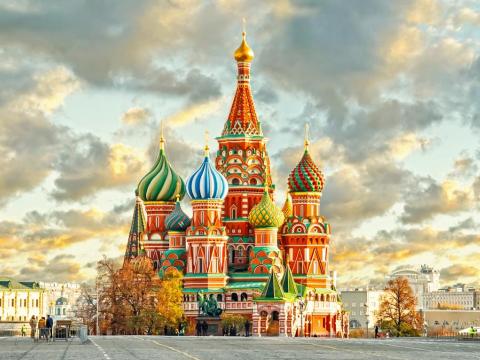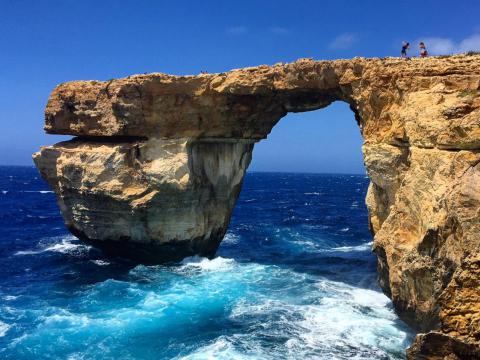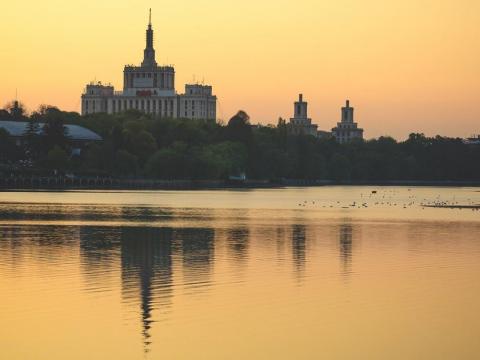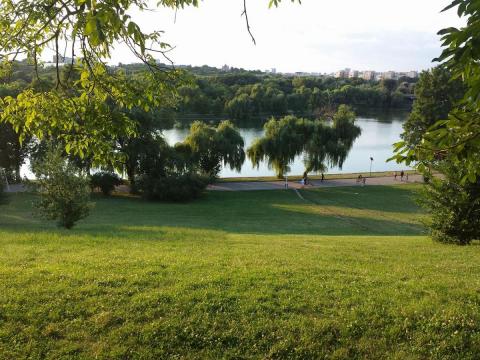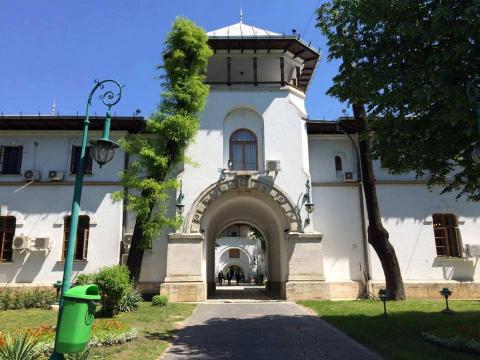Romania in a Nutshell
Romania (Romanian: România) is a nation on the western shores of the Black Sea, north of the Balkan Peninsula except for Dobruja. It is a nation of great natural beauty and diversity, as well as a rich cultural heritage that includes ethnic, linguistic, and confessional communities from all over the world. Romania captivates tourists with its stunning mountain landscapes and untouched rural areas, as well as its ancient cities and bustling capital. Significant progress has been made, especially since it entered the European Union in 2007. It can, however, surprise some of its visitors who are accustomed to Western Europe. It has six cultural UNESCO World Heritage Sites and one geological UNESCO World Heritage Site.
Romania is a vast country with a lot of contrasts: some cities are genuinely modern, while others seem to have been transported back in time. Although it shares major cultural similarities with other Balkan states, it is distinguished by its strong Latin heritage, which is expressed in every aspect of Romanian society, from culture to language. The Carpathian Mountains, wine, medieval fortresses, Dacia automobiles, Dracula, stuffed cabbage leaves (sarmale), the Black Sea, sunflower fields, painted monasteries, and the Danube Delta are all popular in Romania.
It is surrounded by Bulgaria to the south, Serbia to the southwest, Hungary to the northwest, Moldova to the northeast, and Ukraine to the north and east. While its southern regions are commonly associated with Southeastern Europe (the Balkans), Transylvania, its largest territory, is located in Central Europe.
Since the Communist era, the country has enjoyed higher living standards, with foreign investment on the rise.
Romanian, limba română, is the country's official language. It is a Romance language related to Latin and Italian. It was formalized in the late nineteenth and early twentieth centuries. Slavic words account for 10% of Romanian vocabulary, while Turkish, Hungarian, and German words account for less than 5%.
Romanian minorities speak Hungarian, German, Turkish, and Romany (the language of the Roma, or Gypsies). Russian and Ukrainian can also be heard in the Danube Delta. French used to be the second most widely spoken language in Romania, as it was needed in all schools; however, it has been largely replaced by English. A well-educated Romanian with a university degree can normally speak English as well as another European language, such as French, German, Italian, Spanish, or Russian. However, once you get off the beaten path, Romanian is the only language you'll be able to use to get details. That won't be a problem if you teach them some common words and have them write the answers.
Transylvania has a sizable Hungarian minority (17.9 percent of the population according to the 2011 census), and many people speak Hungarian on a regular basis. Harghita, Covasna, and Mures are counties where Hungarian is commonly spoken and ethnic Hungarians make up the majority of the population. There are villages or towns with a Hungarian majority or plurality in Cluj, Bihor, Satu Mare, Brasov, Sibiu, and other Transylvanian counties.
While some can speak Russian as a result of Romania's history as a member of the Eastern Bloc, you should not depend on it. Just about 4% of Romanians understand Russian, and only about 2% are fluent. The chances of meeting one are slim, since the Ceaușescu regime and subsequent leaders made learning the language optional rather than compulsory, and English has largely supplanted Russian as the second language of choice among younger people.
Most educated Romanians may be able to understand other Romance languages spoken in the country, such as French, Spanish, and Italian. Other Romanians can understand some Spanish and Italian as a result of popular Italian and Latin American TV soap operas.
Last modified on 04/25/2021 - 11:55
Currently there are no articles about Romania.
Currently there are no trip reports about Romania.
Currently there are no photo of Romania.
Currently there are no videos of Romania.


